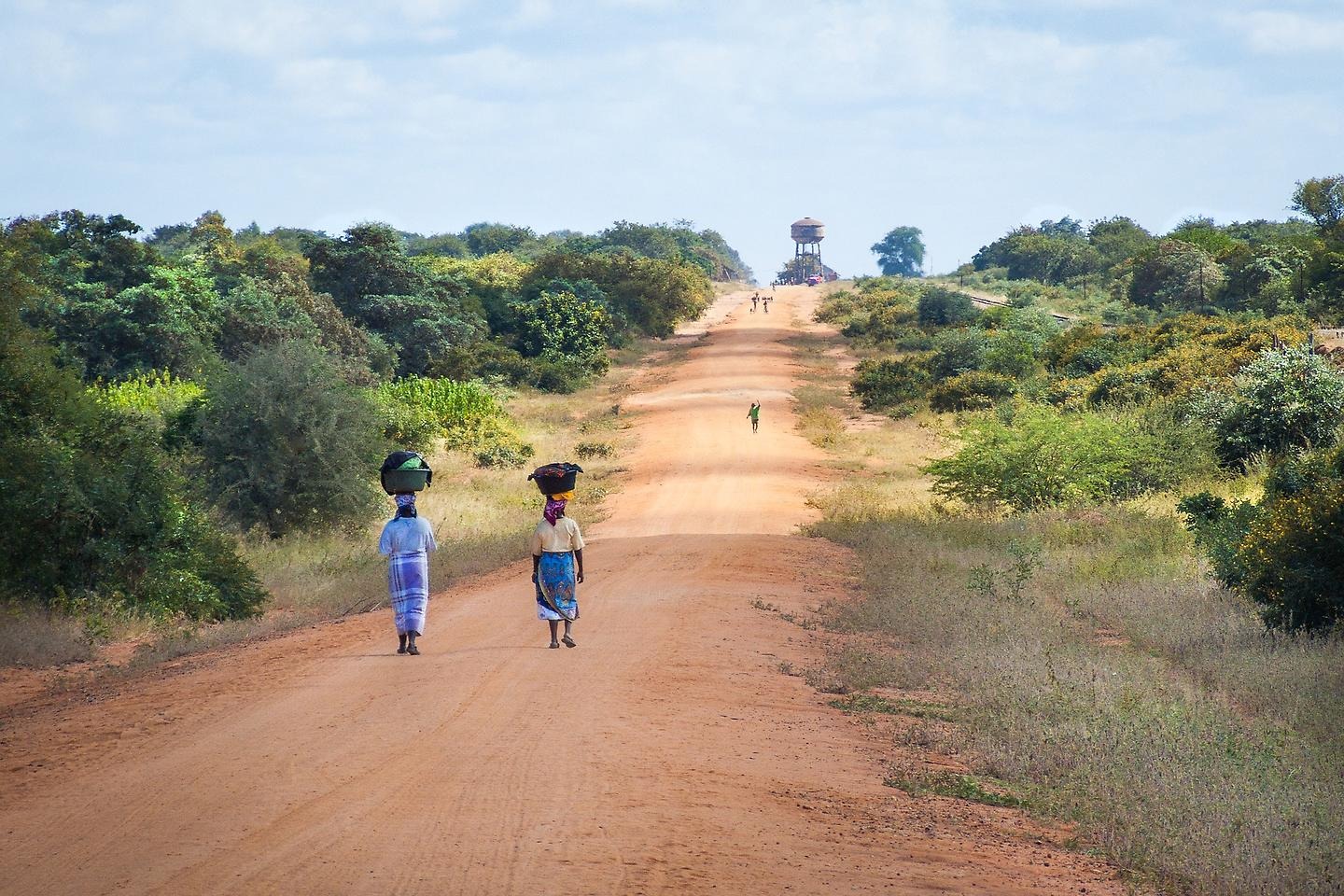Sawdust from coconut trees and peel from root vegetables give electricity

Sawdust from coconut trees and peel from cassava are transformed into bioenergy to supply communities in Mozambique with electricity. In the Breemres research project, the sustainable energy systems of the future are being developed.
Sawdust from coconut trees and peel from cassava are transformed into bioenergy to supply communities in Mozambique with electricity.
– We’re doing research in renewable energy that will have a great effect on both people and the environment, says Patrik Klintenberg, researcher at MDH.
Providing the population of Mozambique with electricity is a big challenge. Therefore there is a need to educate more people who can develop a modern and sustainable energy system in the country. Through the Breemres research programme, which is being conducted in cooperation with Eduardo Mondlane University i Maputo, Mozambique, MDH is contributing to strengthen academic education and research in renewable energy and sustainable energy systems.
Monica Odlare, Professor of Environmental Engineering, is part of the research team concerning Breemres. Her view is that electrification is a basic prerequisite for development and also a measure of democratisation.
- We’ve come to a point where the availability of electricity defines what you can achieve as a human being. The availability of electricity affects how you can communicate with the world around you, how you can learn from education and news and how you can be part of a world through your smartphone or your computer, says Monica Odlare.
Since expansion of the national electricity grid is not likely for many rural communities in countries such as Mozambique, local grids and smaller independent energy systems, mini-grids as they’re called, form an important part of supplying these communities with electricity.
Locally produced biomass reduces fossil fuels
And it is here where sawdust from coconut trees and peel from the potato-like root vegetable cassava come into the picture. In the research project, the peels from the cassava are transformed into biogas, which can be used as a source of energy in small-scale industries and also in individual households. Sawdust from coconut trees can be transformed into electricity by means of gasification. A residual product from this gasification is biochar, which can return and store carbon dioxide in the ground. By using biochar, it is possible both to improve the farmland and reduce carbon dioxide emissions.
– There’s a great need to identify and develop sustainable energy systems that supply sufficient energy to the users without harming the natural resources used for energy transformation. By using local biomass and transforming this into energy, we can reduce the use of fossil fuels. This will be more sustainable from both an environmental, social and economic point of view, says Patrik Klintenberg.
Can we imagine that locally produced bioenergy in mini-grids and individual households will be the way forward for more countries to secure electricity supply in the future?
- Absolutely. This is applicable for many countries on the African continent as well as in India but also in Australia and in the long term the entire Western world as well. The climate question knows no national boundaries, and to solve global problems we need to have global cooperation since we don’t know how climate change will affect us in the future, says Monica Odlare.
Global goals for sustainability
The research project is linked to the UN’s global goals for sustainability numbers 13 and 15, which deal with combating climate change as well as with ecosystems and biodiversity.
Research for the global goals for sustainability
This is how MDH work with the sustainable development goalsContact Information
